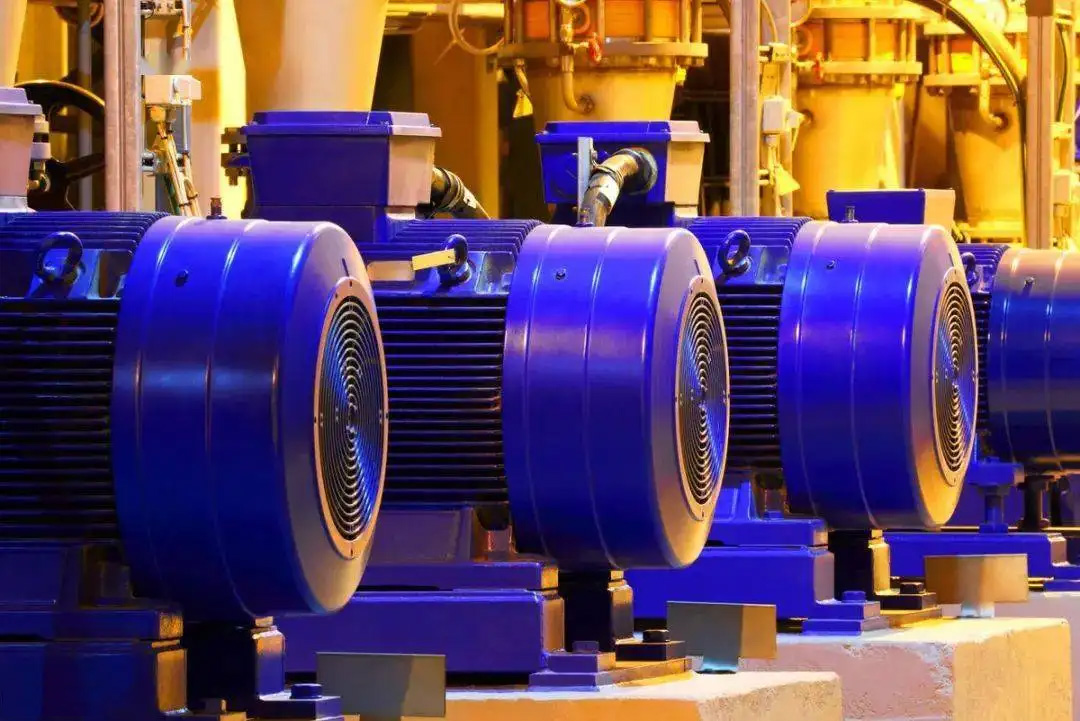Motor Cooling Method And Cooling Medium
How To Cool The Motor
During the use of the motor, due to the existence of various losses, the temperature continues to rise. If it is not well cooled, the service life of the motor will be affected. The power of high-voltage motors is generally large, and the absolute value of its power loss is also large. For normal use, cooling is particularly important. For open motors, ambient air is generally used to directly enter the motor for cooling, and the cold air directly takes away the heat of the motor and discharges it to the surrounding environment. There are three main routes for the air to travel inside the motor. One is axial, cold air enters from one end of the motor and is discharged from the other end. Because only one end of the fan is installed, a larger diameter fan can be installed, the cooling effect is better, and the iron core structure is more compact. The disadvantage is that the ventilation loss is large, and the temperature distribution along the axial direction of the motor is not uniform. It is generally used for motors with small capacity. The other is radial, where cold air enters from both ends and is discharged from the radial air passages of the iron core. The disadvantage is that the fan must be installed at both ends, so the outer diameter of the fan can only be smaller than the diameter of the rotor. The fan capacity is limited and radial ventilation slots are required, making the motor slightly larger. The advantage is that due to the use of axial flow fans, the ventilation efficiency is higher, the heat dissipation area is larger, and the temperature along the motor axis is more uniform. There is also a combination of axial and radial ventilation, which is designed by combining the advantages of both axial and radial ventilation. It has better ventilation and cooling effects, and the temperature is more uniform, but the structure is more complex.
For enclosed motors, the flow of air within the enclosure is similar to that of open motors. The biggest difference between the closed motor and the open motor cooling method is that when the closed motor is cooled, the hot air in the casing needs to be exchanged with the cold medium outside. The most commonly used medium is air, followed by water. When air is used as the cooling medium, the external fan coaxial with the motor is usually used to generate wind pressure to drive the outside air; if it is cooled by water, a special water pump is required to drive the circulating refrigerant water to circulate in the cooling water tank to the hot air in the casing. Cool down. Generally, motors below 1000kW are air-cooled, while motors above 1000kW are mostly water-cooled.

Cooling Medium
Cooling: When the motor performs energy conversion, a small part of the loss is always converted into heat. It must continuously dissipate the heat through the motor casing and the surrounding medium. This process of dissipating heat is called cooling.
1) Cooling medium: a gas or liquid medium that transfers heat.
2) Primary cooling medium: a gas or liquid medium whose temperature is lower than a certain part of the motor, which is in contact with this part of the motor and takes away the heat released by it.
3) Secondary cooling medium: a gas or liquid medium whose temperature is lower than that of the primary cooling medium, the heat released by the primary cooling medium is taken away through the outer surface of the motor or the cooler.
4) Final cooling medium: heat is transferred to the final cooling medium.
5) Surrounding cooling medium: gas or liquid medium in the surrounding environment of the motor.












